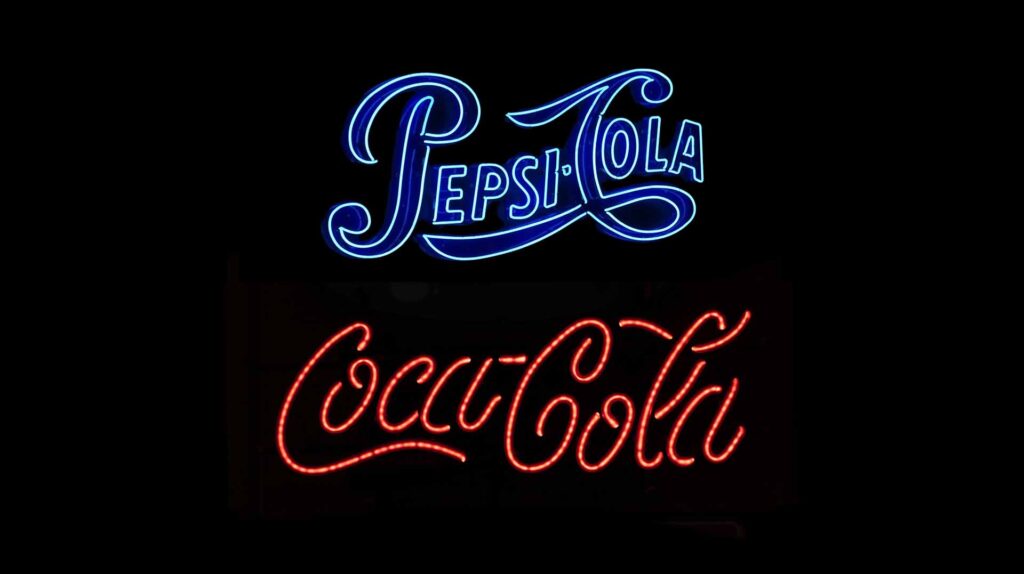
Marketing strategies can sometimes feel like a game. A game where brands must decide whether to compete with others or work together for mutual benefit. This is known as the Marketing Prisoner’s Dilemma. The concept is based on a game theory scenario where two players (in this case, companies) face the choice of cooperating or competing. Each brand’s decision depends on what they believe the other brand will do.
But why does this matter in marketing? In the real world, brands are constantly faced with the decision: Should they compete for market share, or should they collaborate to create a larger pie? In this article, we’ll break down the Marketing Prisoner’s Dilemma and explore what it means for businesses in the United States.
What is the Marketing Prisoner’s Dilemma?
The Marketing Prisoner’s Dilemma is based on a scenario in game theory where two players have to choose between competing or collaborating. If both cooperate, they both benefit. If one cooperates and the other competes, the competitive brand wins. If both compete, neither benefits as much.
In the context of marketing, this dilemma plays out when companies in the same industry or niche need to decide whether to act independently or form partnerships. The dilemma hinges on the uncertainty about the other company’s actions. Will they play nice or try to dominate the market?
Real-World Examples of Compete or Collaborate
Competing Brands: Coca-Cola vs. Pepsi
The rivalry between Coca-Cola and Pepsi is a classic example of competition in marketing. These two soda giants have been fighting for market share for decades, each trying to outdo the other with advertising, promotions, and product innovations.
In this case, the Marketing Prisoner’s Dilemma is clear: Each brand competes fiercely, believing that if they don’t push harder, their rival will take over. Both brands focus on gaining as much market share as possible, even though the overall industry could benefit from collaboration (for example, in reducing environmental impact together).
Collaborating Brands: Apple and Nike
On the other side of the coin, collaboration has worked wonders for brands like Apple and Nike. In 2016, they partnered to launch the Nike Training Club app, integrating Nike’s fitness features with Apple’s health app. This collaboration allowed both companies to leverage each other’s strengths: Nike’s fitness expertise and Apple’s technology.
By working together, both brands reached new audiences and grew their influence in the health and fitness space. While they still compete in other areas, this partnership allowed them to tap into a new market they couldn’t have accessed as easily on their own.
Uber and Spotify Collaboration
Another example of a successful collaboration is the partnership between Uber and Spotify. Through this partnership, Uber passengers can choose the music played during their ride using Spotify’s music library. By collaborating, both companies provided added value to their customers, increasing loyalty and enhancing their service.
continue reading…


